The thing is that if it becomes a ko, white doesn't actually have to save both sides, but can leverage that and make an exchange for the whole upper right black group. I haven't counted, but feels like roughly an even trade. And we are back to count the ko threats if black didn't want to sacrifice the upper right and continue the ko. (or if it is not an even trade? and we are up to yose)
countingtls
From the last black move, I assume it has something to do with the whole center white group's life and death. I haven't read it out, but looks like it might eventually be a ko in the center (very big ko)
Hmm, from I remember, black seems to be able to play bN8 after the bO8 bO7 (if white choose to play wL11 bK11, wK12 to cut off the black (or if white doesn't respond locally, black can just easily connect back, and white is already too far behind), And L11 is where AI seems to be blind to life and death, and shorten its own group's liberties.
If white doesn't choose to take the 3 black stones after the bO8, bO7, bN8, and choose to continue to push P8, black can just block with P9. White has to connect M8, and black can play L10, and white cannot connect M9 (or black connect N5 the whole white group dies). And white would have to capture with N5, black can throw in M9, wN9 capture, bO9, white again cannot connect M9, or bO4 kills all. Hence, the only option for white is to play O4, and black would be able to kill all the M10 white group stones. (this is effectively connect and die problem, and the commentator that day, along with Fujisawa I think, all read these out)
Hence, the best option to keep that M10 group and minimize the lost is to play N5 to capture 3 black stones first right after black K14, and let black to cut off the two K15 K16 white stones (Fujisawa had the chance to save those two stones before, and the game might go into yose, but she played H15 and allow Ueno to push and cut)
When teaching fundamental classes, we would use 9x9 for those who just got introduced, easier to show life and death and simple local situations (even ladder doesn't need to run far). And most simple tsumego can fit on 9x9 easy.
But we would switch to 13x13 by the time of beginner's class (30k) where more concepts can be easier introduced and understand it is not just about fighting but positions, and then 15x15 to more "advanced" starter classes (starting kyu 初級, about tdk 21kyu to 25kyu) for practice which whole board situations would start to make sense. And finally switch to 19x19 when they are about ddk (16k to 20k).
Mind you thought this is for kids' Go class, not for adults. There is something can be said about teaching adults starting from a larger board, like 13x13. Or just starting from one corner (one quarter) of the 19x19 board, without switching to different boards. And they would get a more intuitive concept of local and whole board positions (like they are playing four 9x9 games on a 19x19, just open toward the center, and you don't have to win them all to win a game, losing a battle can still win you a war)
Yes, 圖 is a very general word, not just for weiqi. It means anything that can be shown as "image-like", anything that you can draw. For game record/kifu we usually use the word 譜 or more specifically 棋譜 (in fact this is how the word kifu came from ki = 棋, fu = 譜). But you can also use a more general word to describe a kifu showing as an image (i.e. 圖). And in ancient time, this word would generally mean a game position.
You can also use more descriptive adj words to narrow it down, like 變化圖 (which would means variations image/diagram), what's important is the adj words before it, not the word 圖 itself that describes the meaning. (like 布局圖 opening diagram -> fuseki). But adj in general can be "omitted", hence we can write 圖 1 (diagram 1) 圖 2 (diagram 2) instead of using the whole word 變化圖1, 變化圖2 (if we already know the context is about variations).
If you want to translate it accurately, you need the context within (or even before and after) a paragraph in order to get its precise meaning.
If you got rigorous training from a young age (normally started at the age of 6 or 7, from the 1st grade), normally you can reach dan level in a couple of years, before 10.
The culture and tradition of Go is very prominate here. Education of Go is also easier to access here, like although I know of the game because of my family (I was so young I couldn't even remember a time I didn't know), but I was trained through rigerous Go classes from very young age.
This is such a famous story, and probably true to a degree. However, there is no mention of Guan Yu playing Go in the original text from Records of the Three Kingdoms (三國志 is a historical book, written in the late 3rd century AD, just decades after this said event happened), and it didn't even specific who was the doctor, just said he was still drinking and eating like nothing. The more vivid descriptions came from the 14th century novelization of the Three Kingdoms - Romance of the Three Kingdoms (三國演義), which was more than a thousand years later.
There are a lot of depictions of this event, since Guan Yu had since raised to the status of divinity in Chinese fork religions, and we can see many art, murals, and wall statues about Guan Yu in his temples or related temples.
From what I've read, they (around Han dynasty) basically just put everything a person would use in life in their tomb, from vessels, house wares, daily objects, clothes, even food, wine, and figurines as servants, or if someone had a military position, their weapons, horses, armors, etc. So if someone loved to play Go in life, likely their family will put a Go set into the tomb. And they would even write what would go inside a tomb in a checklist and seal it in with the tomb as well, like helping the dead to organize and check if they miss anything.
The tradition of treating the dead family members like they were still alive, still persist today, like there is a special holiday (清明節) in every year, specifically for this purpose. We would visit those had passed away in their graveyards, organize and clean things up, and told them what had happened in the past year.
you got the comment posted.
And the white (yellowish white) stones are made of bronze. It must have cost a fortune for a set. The tomb where it is unearthed is a joint tomb for the royal prince and his wife (they died in the late 1st century and the early 2nd century)
The second-oldest set of black and white stones are literally made of polished pebble stones, and about the same size, around 1.2 cm to 1.5 cm, dug up from a Jin Dynasty official's tomb in the 3rd century. Probably also cost quite a bit.
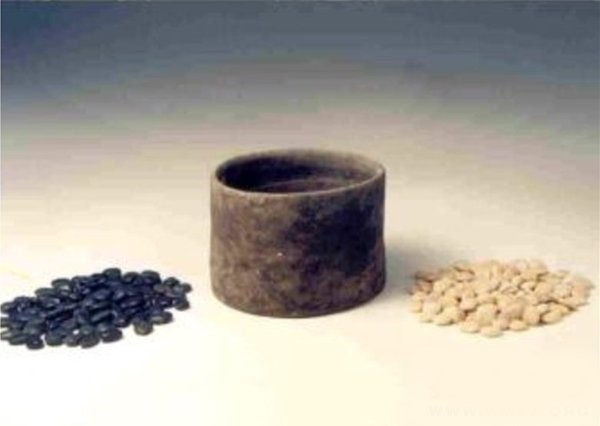
From the original word of 棊, it is very likely commoner's or less rich nobles would use pieces made of wood, or other less expensive materials like clay pottery before this time period. But they were unlikely to survive the passage of time, or very hard to tell them apart when surface paints wore off. I once read there are lots of beads unearth in many ancient tombs around this or earlier periods, they were usually contributed as divining tools, or just pure decorative items, but if there are enough of them unearthed, we cannot not rule out they might have been recreational use like game pieces or even Go "stones", and they might not even need to be round, we might have missed a lot of irregular shaped pieces, or even square pieces. The increased popularity of Go later in Tang and Song Dynasty as some kind of fashion, might have come from the advance in glassmaking and ceramic making technologies, and they finally were able to mass produce high quality "stones".
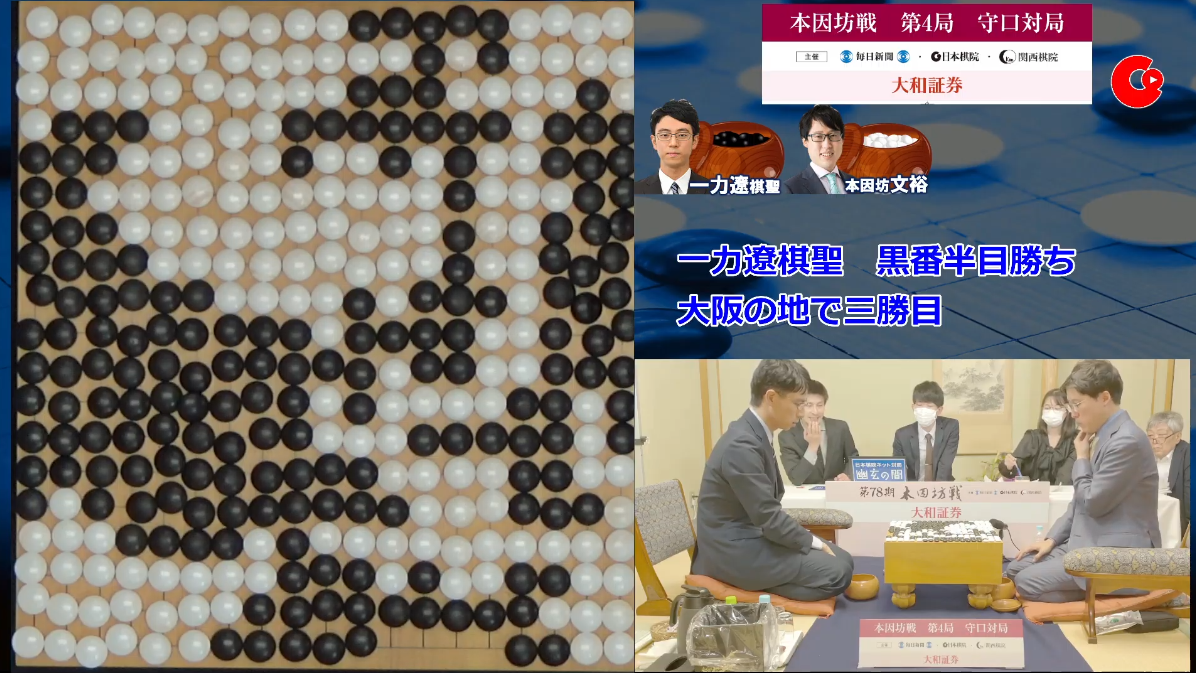
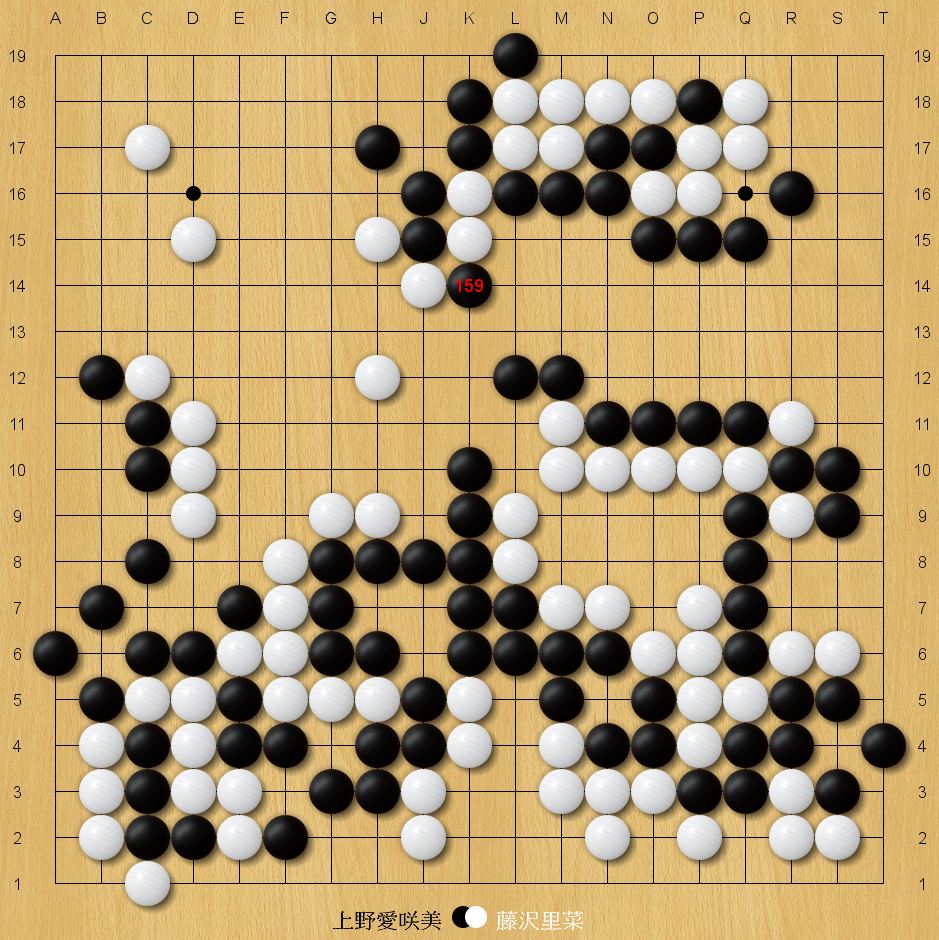
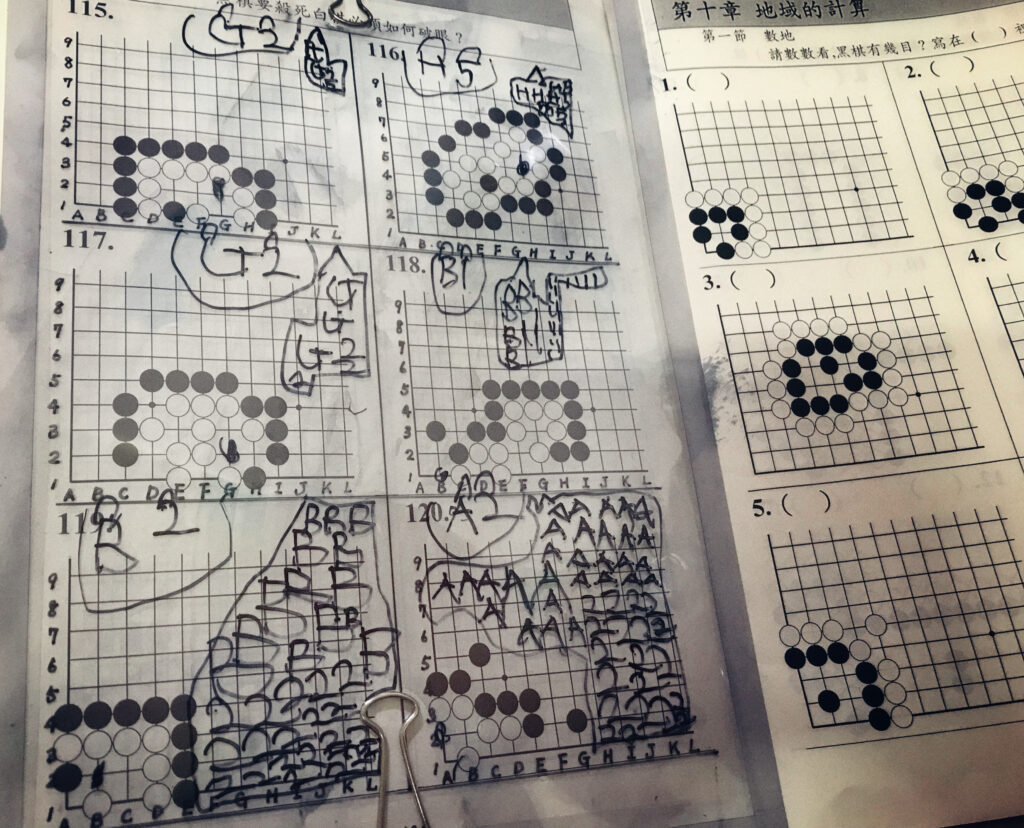
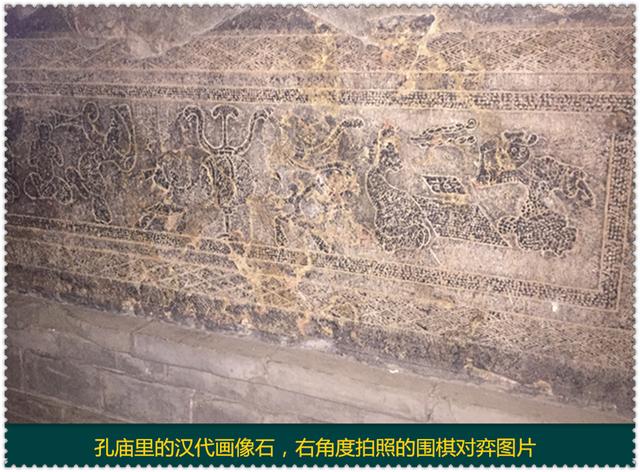
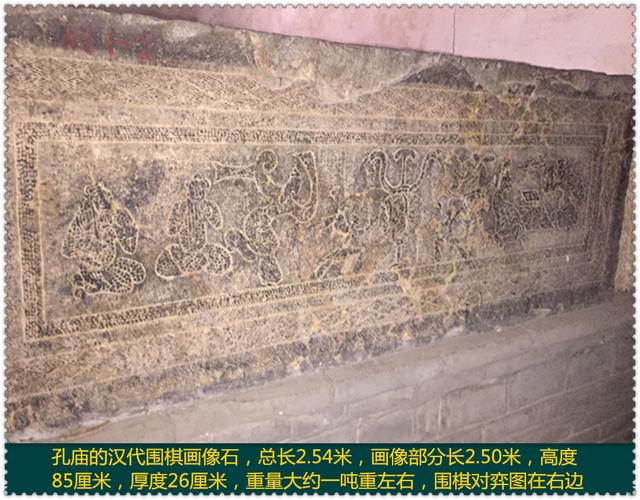
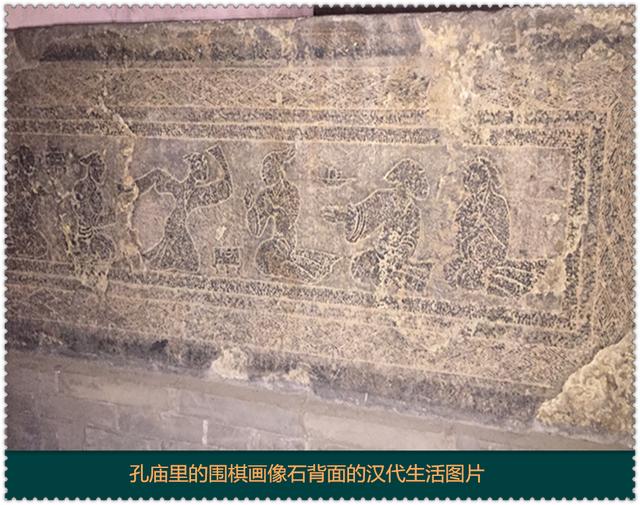
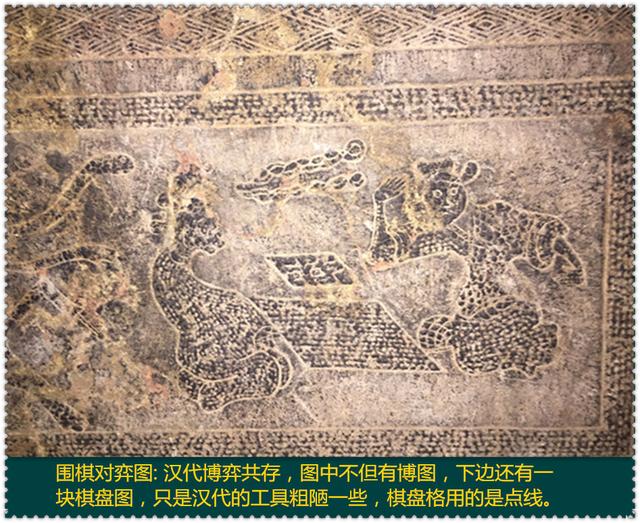
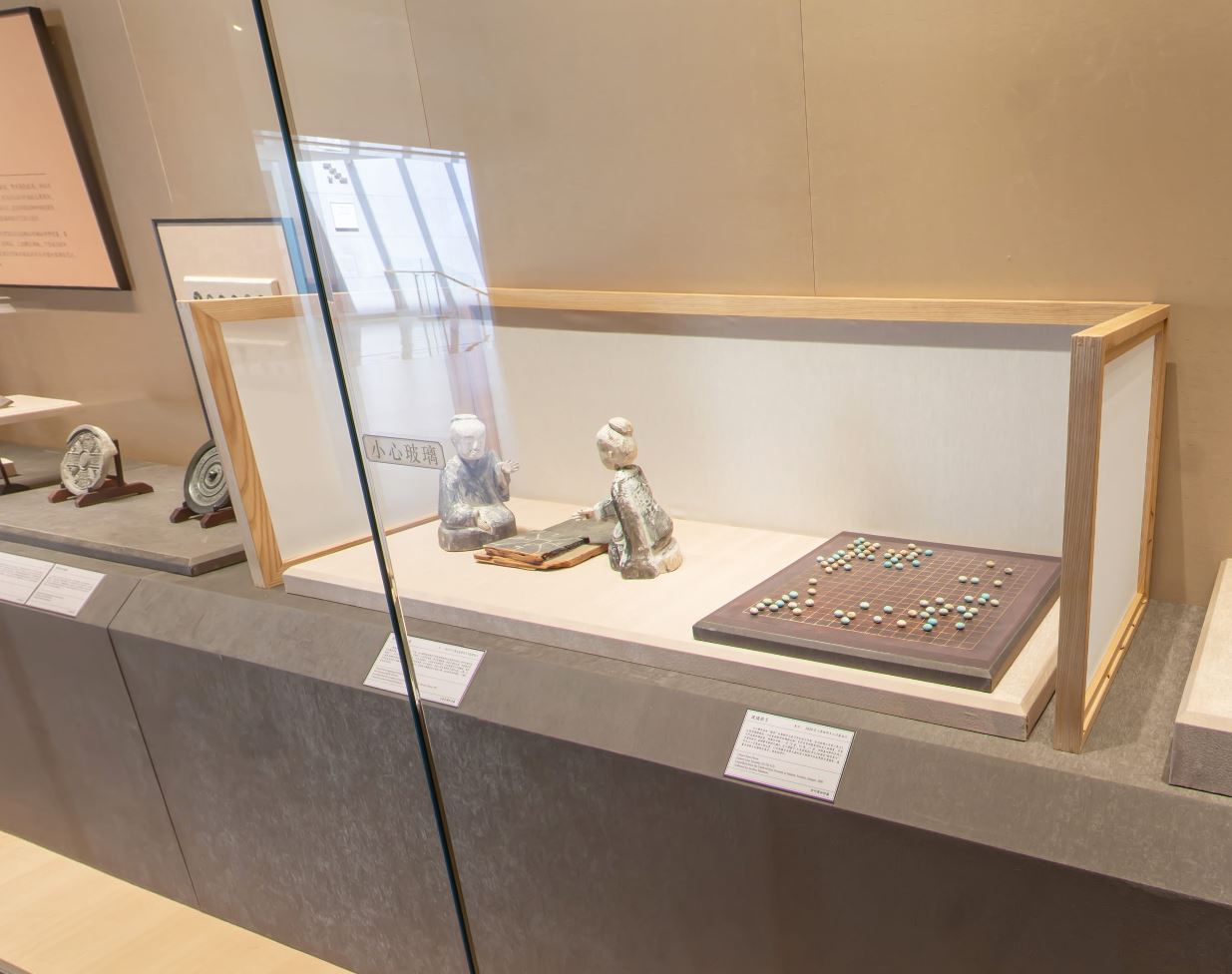
That much I gather, dig and clamp (K8 H8) what is the main line from the AI (bK8 wK7 bH8 wG8 bG10, it leads to a ko right?) AI doesn't always find ko variations easily and often not that good when the winrate is far from even (although the point difference might still within human, especially amateurs range, like +- 10 points going into yose)